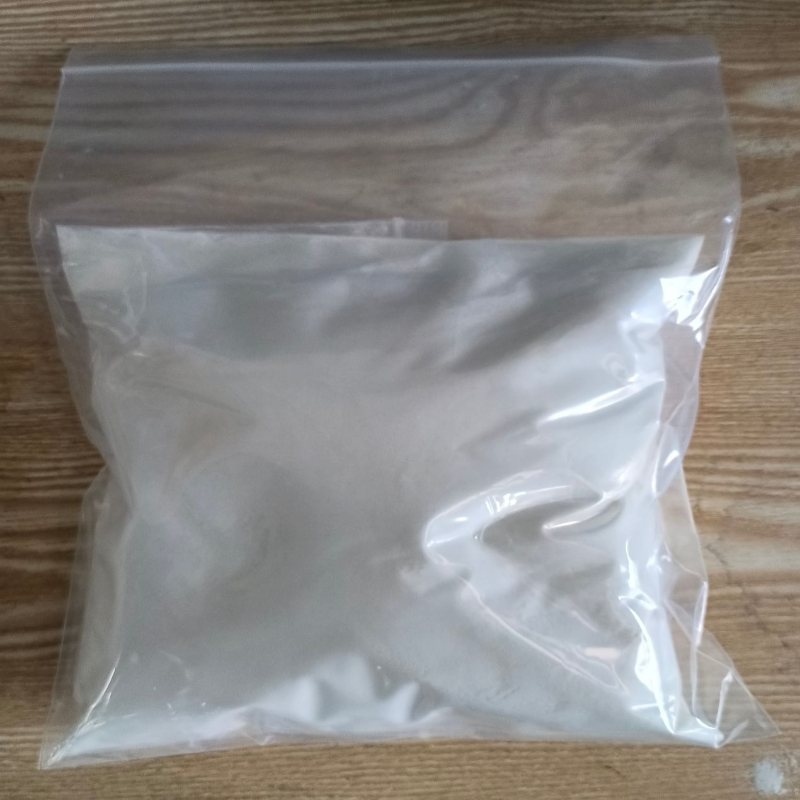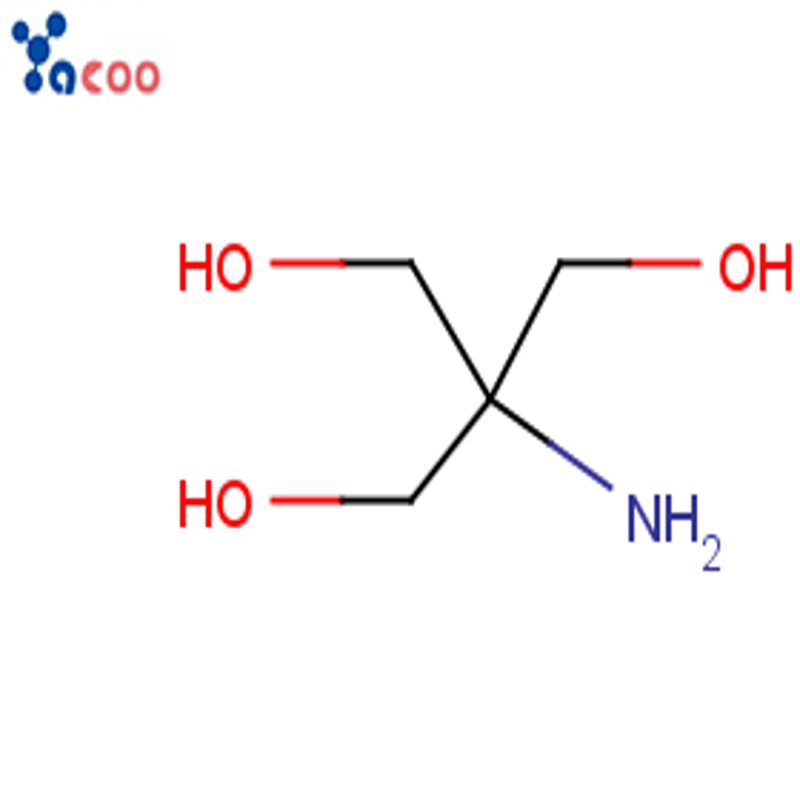-
Categories
-
Pharmaceutical Intermediates
-
Active Pharmaceutical Ingredients
-
Food Additives
- Industrial Coatings
- Agrochemicals
- Dyes and Pigments
- Surfactant
- Flavors and Fragrances
- Chemical Reagents
- Catalyst and Auxiliary
- Natural Products
- Inorganic Chemistry
-
Organic Chemistry
-
Biochemical Engineering
- Analytical Chemistry
-
Cosmetic Ingredient
- Water Treatment Chemical
-
Pharmaceutical Intermediates
Promotion
ECHEMI Mall
Wholesale
Weekly Price
Exhibition
News
-
Trade Service
The production process of N'-(4-ethoxycarbonylphenyl)-N-methyl-N-phenylformamidine involves several steps, each of which requires careful attention to detail and the use of specialized equipment and chemicals.
The following is a detailed overview of the production process for this compound.
Step 1: Preparation of the starting materials
The production of N'-(4-ethoxycarbonylphenyl)-N-methyl-N-phenylformamidine begins with the preparation of the starting materials.
This involves the synthesis of 4-ethoxycarbonylphenylamine and N-methyl-N-phenylformanilide.
The 4-ethoxycarbonylphenylamine can be synthesized by reacting phenyl hydroxylamine with ethyl chloroformate in the presence of a base catalyst, such as sodium hydroxide.
The N-methyl-N-phenylformanilide can be synthesized by reacting N-methylaniline with phthalic anhydride in the presence of a catalyst, such as sodium hydroxide.
Step 2: Formation of the urea linkage
The next step in the production process is the formation of the urea linkage between the 4-ethoxycarbonylphenylamine and N-methyl-N-phenylformanilide.
This is typically accomplished through a reaction known as alkylation, which involves the exchange of a functional group between the two compounds.
The reaction is typically conducted in the presence of a solvent, such as ethanol, and a base catalyst, such as sodium hydroxide.
Step 3: Condensation of the formamide
The resulting product from the alkylation step is then subjected to a condensation reaction, which involves the removal of water from the formamide group.
This step is typically accomplished through a reaction with a compound such as lithium hydroxide or sodium hydroxide.
The reaction is typically conducted under conditions of high temperature and pressure, using a solvent such as toluene.
Step 4: Purification of the product
The final step in the production process is the purification of the resulting product.
This involves the removal of any impurities or unwanted byproducts that may have been produced during the earlier stages of the reaction.
This is typically accomplished through a series of chromatographic techniques, such as column chromatography or high-performance liquid chromatography (HPLC).
The purified product is then collected and dried, ready for use in subsequent chemical reactions or applications.
In conclusion, the production process of N'-(4-ethoxycarbonylphenyl)-N-methyl-N-phenylformamidine involves several steps, each of which requires careful attention to detail and the use of specialized equipment and chemicals.
The process begins with the preparation of the starting materials, followed by the formation of the urea linkage, the condensation of the formamide, and finally, the purification of the resulting product.
The resulting product is a highly useful compound in the field of organic chemistry and has a wide range of applications in various industries.







